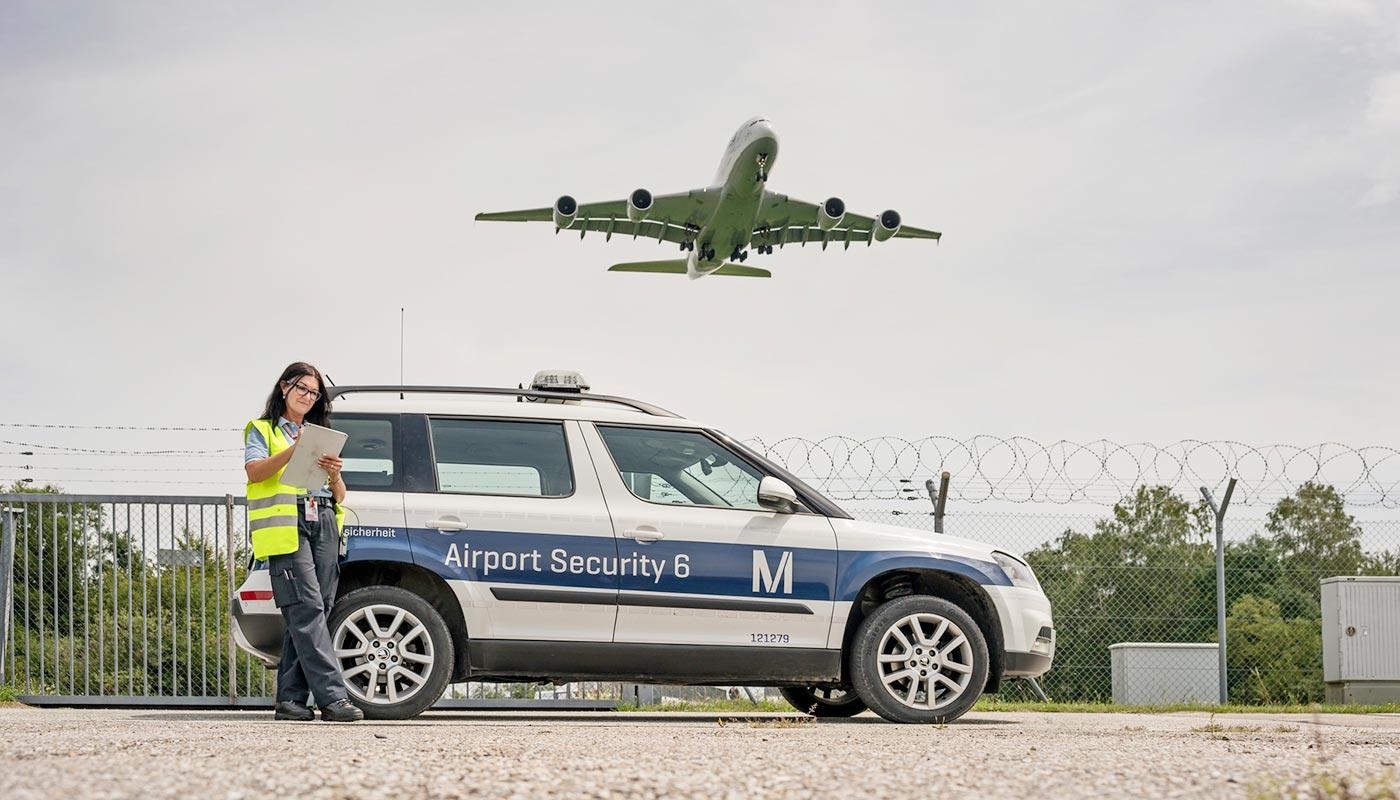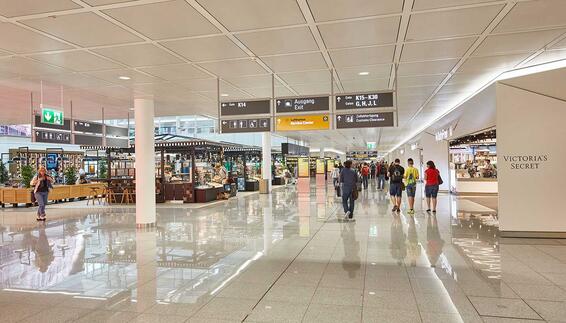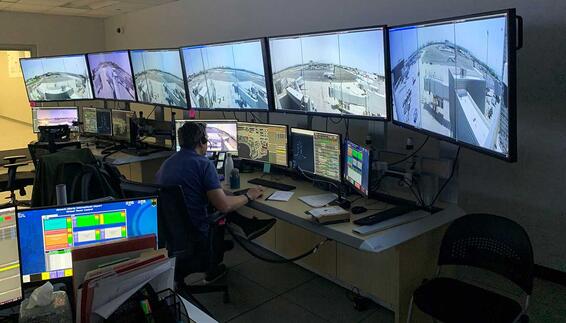March 10, 2020
Strategies in favor of securitization of data require a higher level of ingenuity every day as the demand of sharing data and therefore connectivity and system integration as per the aviation industry requirements is increasing. Consequently the number of cyberattack threats is growing continuously.
Data analytics and modelling tools for big data, including artificial intelligence tools, are a reality and a market that is evolving and improving aviation-processes – from advances in air traffic management, to higher efficiency in airport processes, to improvements for the passenger experience. Likewise information security engineering is evolving and new strategies are being researched in order to avoid potential breaches in such a complex interconnected industry.
This current race we are in, in an industry that demands further interoperability every day, is also a risk. If this growth is not controlled and properly secured, it becomes an opportunity for a cyberattack to succeed. This threat could become a catastrophic event and even lead to a complete shut-down of an airport or a catastrophic accident. Systems and data in an enterprise could be compromised by a hacker entity. The hackers may even press enormous amounts of money from airports to handback control of the systems.





